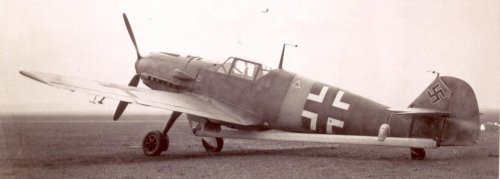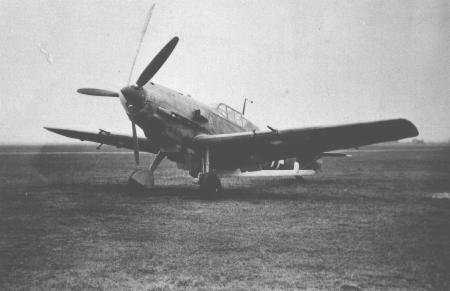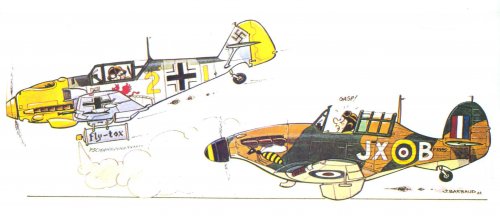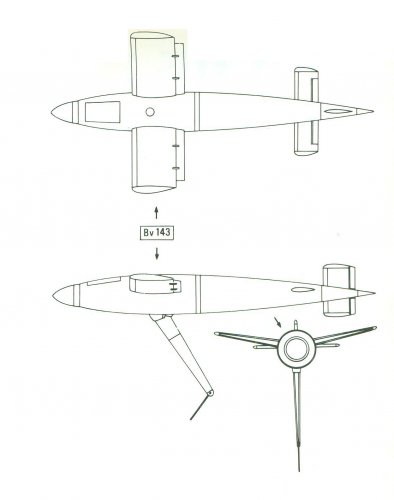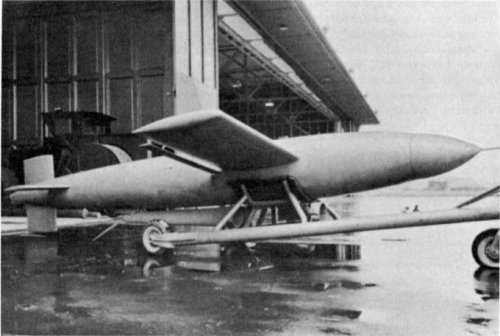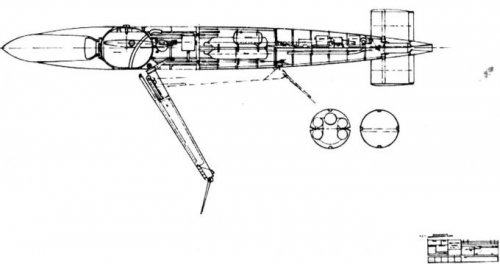found an image on facebook that proports to be a bf 109 modified for inflight refueling with a long boom hinged to the underside.
:'( well the image i was hoping to post has disappeared but Ive seen a photograph of this aircraft before but speculation was that it was a antenna . in the photo i saw on facebook the boom was attached to the dorsal side of a ju 88.
:'( well the image i was hoping to post has disappeared but Ive seen a photograph of this aircraft before but speculation was that it was a antenna . in the photo i saw on facebook the boom was attached to the dorsal side of a ju 88.

